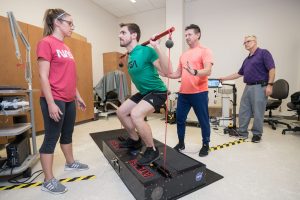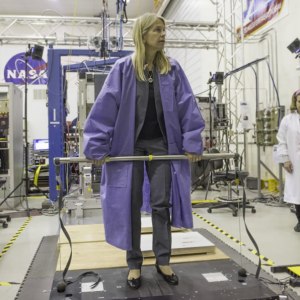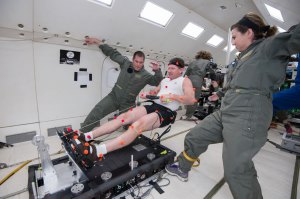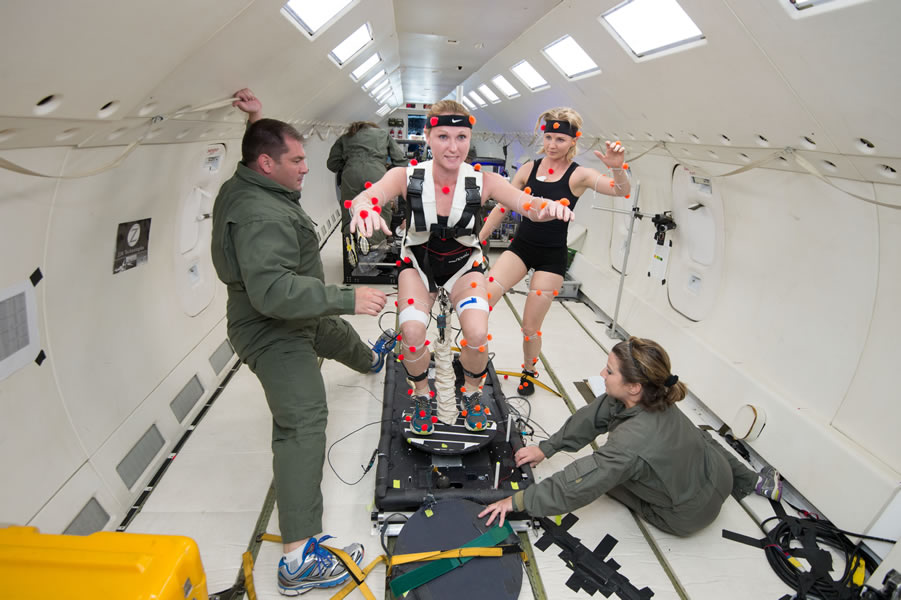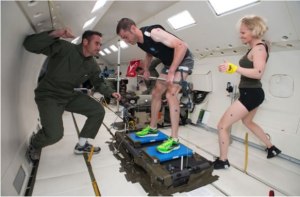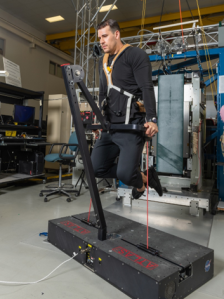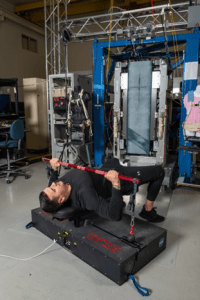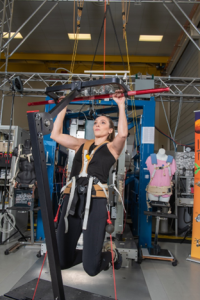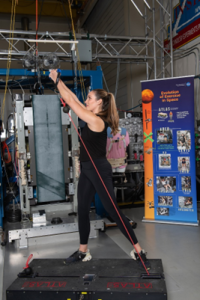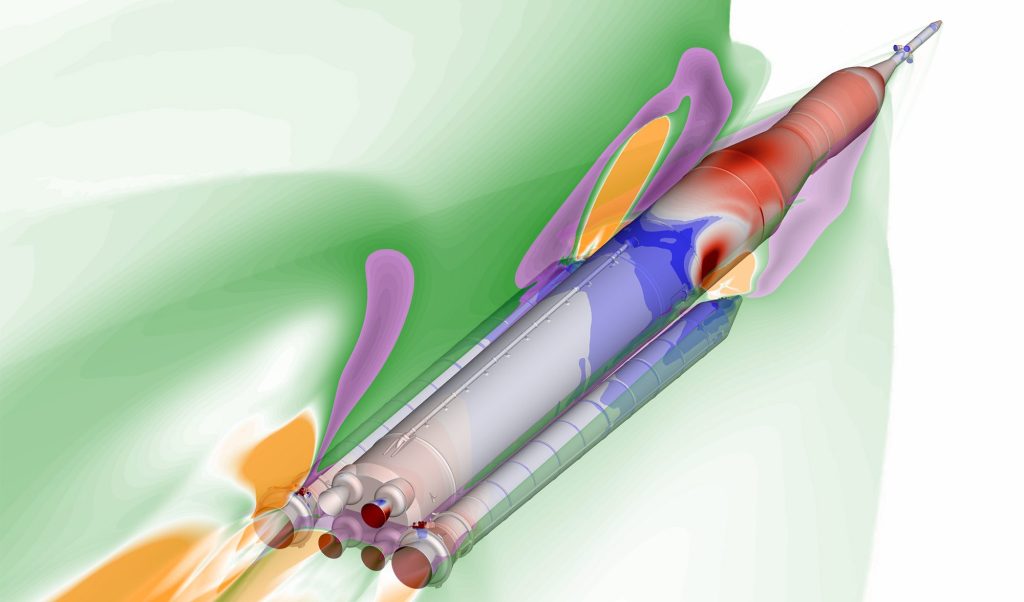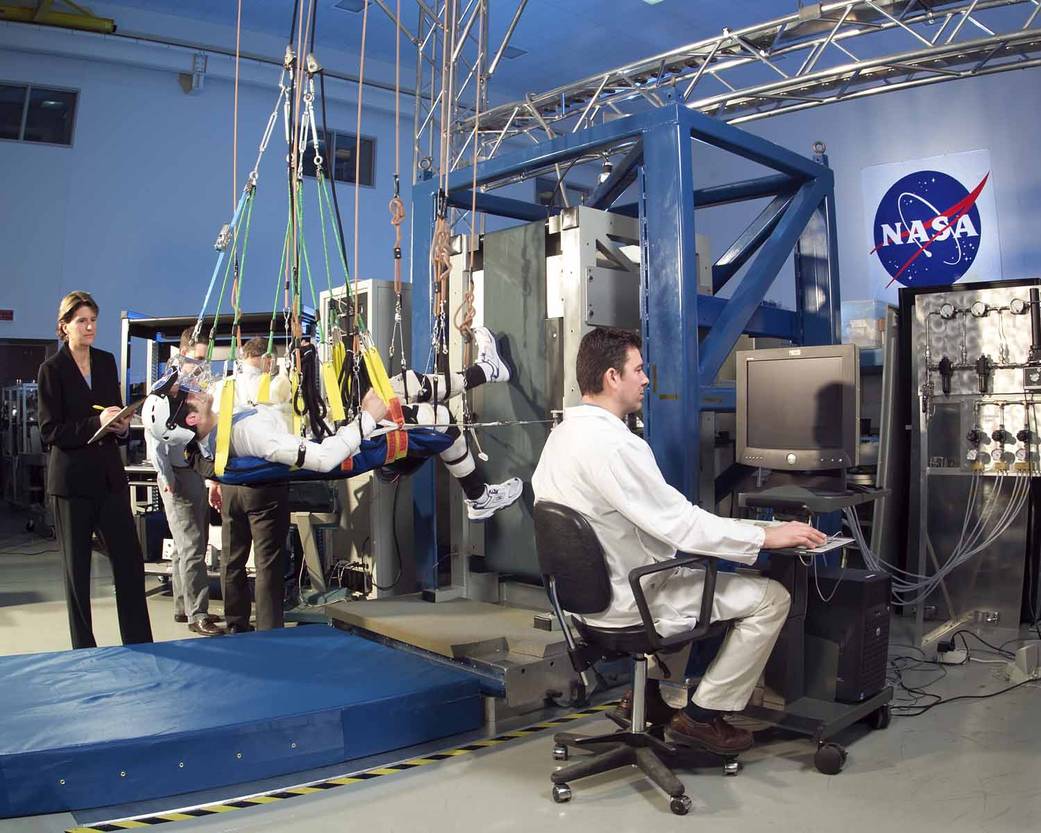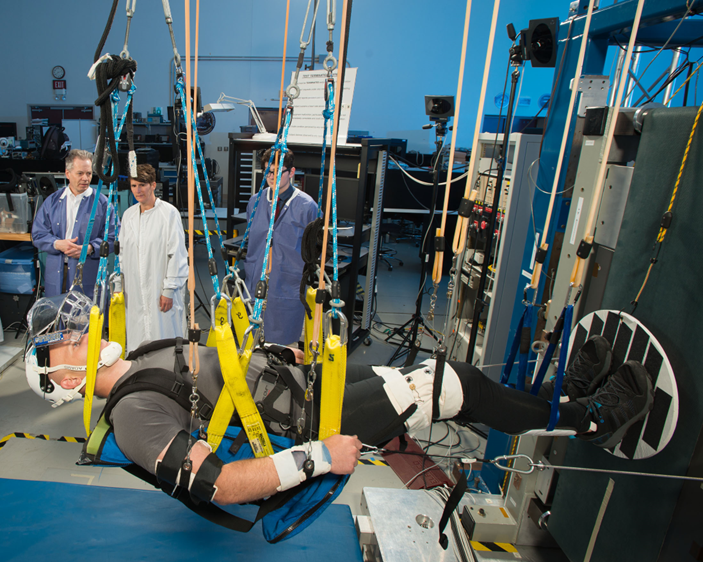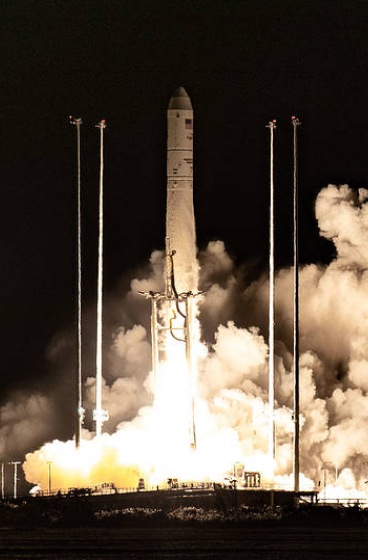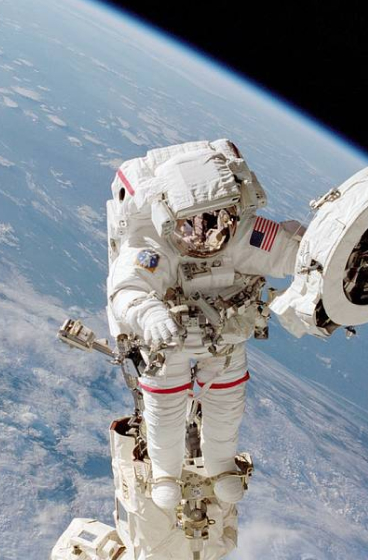The Challenge
Given that skeletal muscles undergo reduced mass, strength and endurance in flight, there is a possibility the crew will be physically unable to perform mission tasks. There will be vehicle’s configuration constraints for long duration exploration missions including size, mass, and power capacity for an exercise system.
The Research
Glenn Research Center has developed the functional requirements needed for the exercise countermeasure system to be used during long duration exploration missions based on stakeholder feedback from the NASA exercise physiology, astronaut strength conditioning and rehabilitation, crew office, countermeasures systems and flight surgeon groups, and referencing the NASA-STD-3001 Standard for bone, muscle and aerobic capacity. The exercise hardware must protect crew fitness and fit in a much smaller footprint than current exercise hardware on the International Space Station. A trade study was conducted of NASA and industry technologies that would be suitable for such an application, and a handful of concepts were identified as having potential to meet requirements.
The Progress
New prototype exercise device concepts are under development and are being tested to provide aerobic and resistive exercise training for 30 continuous minutes each day by each crewmember for missions greater than 8 days. In addition to testing on parabolic flights, exercise device concepts are included in ground-based analog environments that simulate long duration missions in a closed facility.
These concepts are being developed by NASA and its industry partners based on the results of the trade study and the constraints of the vehicle. Each exercise device will be tested and verified against an equivalent set of criteria, undergoing a series of quantitative and qualitative evaluations with humans in the loop, and the top performing device and device features will be selected for further development and delivery for integration into the next generation of exploration missions.
The most promising advanced exercise device concepts in terms of capabilities and maturity are the Advanced Twin Lifting and Aerobic System (ATLAS) and resistive overload combined with kinetic yoyo (ROCKY) devices. NASA partnered with ZIN Technologies, Inc. of Middleburg Heights, Ohio on the development and testing of these two devices.
Exercise Hardware
Explore NASA's media galleries to view and download high-resolution images of the solar system, agency missions, and more.
Videos
The Hybrid Ultimate Lifting Kit (HULK) was tested in parabolic flight at Johnson Space Center. Several new configurations of the device were tested in a 30 second interval of zero-g for efficacy in a balance challenge exercise, the narrow-grip dead lift, and the single point harness squat. HULK is the predecessor to the ATLAS exercise device, which has additional capabilities, lower mass, higher fidelity to the gold standard of free weights, and added safety features.
Media
